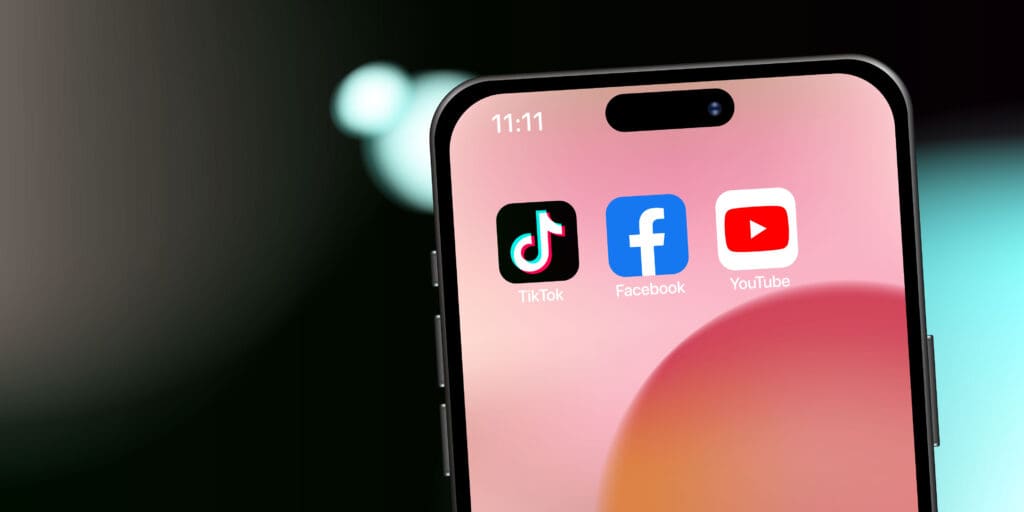The Future of Video Marketing: The Algorithm is Forever Changing
YouTube has been a dominant force in the digital marketing world for nearly two decades. With over 2 billion logged-in monthly users and more than one billion hours of video watched each day, the platform offers unmatched reach and influence. But if there’s one thing marketers and creators alike can agree on, it’s this: the YouTube algorithm is always changing—and keeping up with it is key to staying relevant and successful. MOVE OVER GOOGLE! The search giants Open AI and YouTube.
Understanding the Algorithm: A Constant Evolution
YouTube’s algorithm isn’t just one single formula—it’s a complex, AI-driven system designed to maximize user engagement, retention, and satisfaction. While the early 2010s prioritized views and click-through rates, today’s algorithm is far more nuanced. It considers factors such as:
- Watch time and average view duration
- Audience retention and rewatch rates
- Engagement (likes, comments, shares, and subscriptions)
- Video relevance and topic clustering
- User watch history and behavior patterns
- Session time and return visits
These components shift frequently as YouTube tests and adjusts how it surfaces content across the platform—especially on the Home page, Suggested videos, and Shorts feed.

What’s Changing in 2025?
Here are the most critical changes affecting creators and marketers right now and looking forward:
1. The Rise of YouTube Shorts
Short-form video is no longer a “trend”—it’s a core part of YouTube’s strategy. Shorts are now integrated into search results and personalized feeds. Creators who adapt their content for vertical formats are seeing massive growth—especially when combining Shorts with long-form storytelling. To see how this ties into broader digital ecosystems, check out our blog on the future of social media.
2. Personalization Through AI
YouTube’s recommendation engine is increasingly influenced by AI models trained on your unique viewing patterns. This means content needs to be highly tailored to specific audience niches. Generic, broad-topic videos won’t perform as well as they did in the past.
3. First 30 Seconds Rule
The opening moments of your video are more important than ever. Viewer drop-off in the first 30 seconds signals poor performance, and YouTube deprioritizes those videos in recommendation engines. Hook your viewers immediately with high-quality visuals, compelling questions, or preview highlights.
4. Community Signals Matter
YouTube now rewards community-driven metrics: comments, hearts, user polls, and community posts all play into channel engagement. Engaging your audience outside of just your uploads is key to strengthening channel authority.
5. Search is Getting Smarter
YouTube is becoming a powerful search engine—particularly for Gen Z and younger millennials who use it in place of Google for how-to videos, reviews, and education.
Optimizing titles, descriptions, closed captions, and even spoken keywords within your video can drastically improve discoverability. For more on search visibility, explore our guide to local SEO strategies.
What This Means for Video Marketers
As the algorithm evolves, so should your video marketing strategy. Here’s how to stay ahead:
- Create platform-native content: Customize videos for YouTube rather than repurposing from Instagram or TikTok.
- Invest in storytelling: Consistent, story-driven series build viewer loyalty and session time.
- Analyze your analytics deeply: Focus on retention curves, traffic sources, and suggested video performance.
- Double down on Shorts and vertical content: They can be gateways to your long-form content.
- Prioritize authentic engagement: Prompt comments, ask questions, and reply consistently.
Want to ensure your video content supports your overall digital presence? Our social media marketing services and SEO and content strategy are designed to help you stay ahead.
The Future of YouTube is Community-Driven

The next phase of YouTube marketing will revolve around relationship-building. The most successful brands and creators will act more like community leaders than broadcasters—nurturing their followers and creating content that aligns with evolving interests, values, and search behavior.
Meanwhile, AI will continue to refine what people see, when they see it, and how it connects to broader trends. Smart marketers will treat the algorithm not as a puzzle to hack, but as a partner to understand and evolve with.
Final Thoughts: The only constant with YouTube is change. Stay agile, stay curious, and keep your audience at the center of your strategy.
Ready to take your video marketing further?
At CMA, we don’t just keep up with the ever-changing YouTube algorithm, we help you stay ahead of it. From strategy and storytelling to Shorts, analytics, and community-building, our team discovers what’s next so your brand can thrive in the fast-paced world of video. Let’s future-proof your marketing together.
AUTHOR

Kim Kelley, Marketing Guru
Kim Kelley is the Principal at Creative Marketing Arts. With over 30 years in the Shopping Center industry, Kim offers creative ideas blended perfectly for REIT Advertising and Marketing. With an eye for perfection and creative flair, Kim offers all clients Out of the Box solutions.
